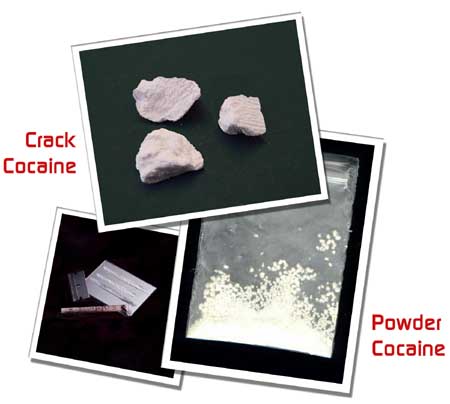Welcome!
Drug Education – Volatile Substance Abuse (VSA)
Drug education (or the lack of it) is failing our young people. Volatile Substance Abuse (VSA), otherwise known as solvent abuse, glue-sniffing or huffing, is the second most commonly abused drug after cannabis in young people. More children and young people die each year from VSA than from all the other illegal drugs put together. According to the VSA Prevention Organisation, Solve It, the youngest person to die from VSA was just seven years old, and the oldest was 80 years old. Moreover, research shows that the vast majority of drug users admit that solvent abuse was their stepping stone to illegal drugs. Clearly, more drug education is necessary to reduce this problem.
So how can drug education help?
Drug education is key to preventing children from becoming engaged in ‘experimenting’ with drugs. This occurs initially out of curiosity because without being provided with the bare facts there is little to stop them toying with such dangers. Drug education and information regarding solvent abuse to young people must be delivered in a sensitive and responsible manner. Providing too little drug information can be just as fatal as providing too much: Listing in detail what exact substances to misuse and how to do so is like providing them with a drug user’s manual, whilst not providing any warning at all could result in young people failing to recognise the dangers.
A report by St Georges University in July 2007 detailed the latest statistics regarding deaths associated with abuse of volatile substances between 1971 – 2005. It summarises key findings of 45 deaths associated with VSA in 2005 bringing the recorded total of deaths since 1971 to a staggering 2,198 in the UK alone. In under 18’s, the number of deaths were equal between male and female, but in over 18’s, there were four more times as many male deaths as that of females.
What solvents can be abused?
One of the problems is that these substances of abuse are easily accessible because they are legally available and inexpensive. Many household, office and automotive products contain solvents and propellants used as inhalants. It is estimated that the average household contains between 30 – 50 products that can be abused. These include lighter fluid, paint and paint thinners, computer keyboard spray cleaner, typewriter correction fluid, permanent marker pens, nail varnish remover and aerosols.
How are volatile substances abused?
No specialist equipment such as needles or pipes are required to administer the drugs. The vapours are usually inhaled from products either directly from open containers of solvent or directly from spray canisters and in the case of gases, by using a plastic bag placed over the nose and mouth, or inhaled through a rag.
Testing for volatile solvent abuse
There are currently no home drug testing kits to test for volatile substance abuse but signs and symptoms of VSA may be a strong smell of solvents on clothes, skin and breath and, after prolonged use, the redness known as ‘glue-sniffers rash’ around the mouth and nose. As with other forms of drug abuse, other symptoms may include an increase in anti-social behaviour and crime, periods of depression and other emotional imbalances, absenteeism from school or work and a withdrawal from friends and family.
Drug Education: Is solvent abuse addictive?
Whilst glue-sniffing is not generally regarded as physically addictive compared to illegal drugs such as cocaine and heroin, it can be psychologically addictive and certainly carries severe physical dangers: ‘Sudden sniffing death’ is unique to VSA. This is a catastrophic and very sudden heart failure resulting in immediate death and frequently occurs in people who have never sniffed a volatile substance before.
Drug Education: The symptoms of volatile solvent abuse
In the short term, inhalers may experience slurred speech, headaches, vomiting, wheezing, loss of motor co-ordination and hallucinations. Dangers always present with solvent abuse include aspiration of vomit and hypoxia which is where the body is deprived of sufficient oxygen: This is particularly prevalent in the inhalation of butane or gasoline vapours. Of the 45 people who died in 2005 in the UK from VSA, 80 percent of the deaths were associated with butane. In the longer term, use can cause damage to kidneys, liver and the brain, as well as hearing loss and central nervous system problems.
Many adults will remember as children idly having a sniff of a pot of glue or liquid paper at school just because it ‘smelled funny’. This ‘innocent’ moment at school can be a defining moment of a young person’s life – to sniff or not to sniff – and their decision will be largely influenced by their drug education. The good news is that since 1992, raised awareness has resulted in a significant fall in deaths from volatile substance abuse but, while the fact remains that one person in the UK still dies from VSA every week, increasing awareness of drug abuse through drug education is essential, whether young people receive this in the classroom or at home from their parents.
Visit our home drug tests FAQ page for more information – or our drug information page for details on other drugs. Alternatively, visit our tackling drug addiction for friends and families page for support, advice and information. Alcohol information is also available, given that it is arguably the greatest of all gateway drugs.
Tags: drug abuse amongst teenagers, Drug Education, drug related deaths, drug statistics, Drugs, facts, glue sniffing, huffing, Illegal Drugs, parenting, signs, solvent abuse, Symptoms, Volatile Substance Abuse, VSA









